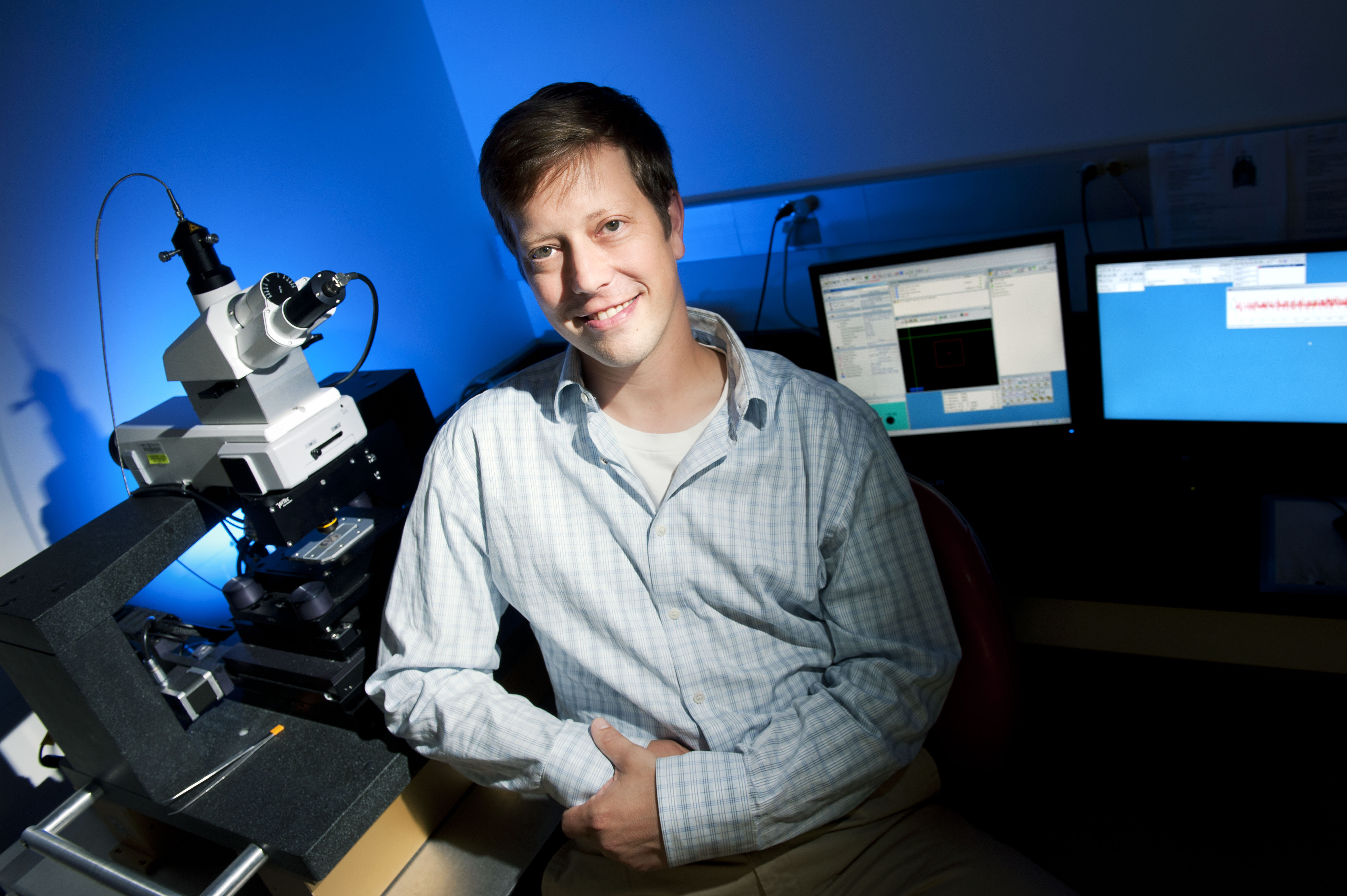Disease free water, a global health challenge, commands an international team effort

Antibiotic resistance is a growing global public health threat causing an estimated 23,000 deaths in America each year.
One historically overlooked avenue by which antibiotic resistance can spread is through contact or consumption of contaminated water. For example, recent news articles have raised questions about human sewage tainted water at some of the venues for the 2016 Rio de Janeiro Olympics and the potential spread of resistant 'super-bugs'. Unfortunately, the Brazilian Olympics is just one example of the growing scale of this problem.
The situation is "a global health challenge," said Peter Vikesland, professor of civil and environmental engineering at Virginia Tech.
Within the U.S. alone, antibiotic resistance is reportedly responsible for $20 billion in excess health care costs, $35 billion in societal costs, and over eight million extra days in the hospital. At the global scale the costs of resistance are difficult to quantify, but may be an order of magnitude larger.
Vikesland, an expert in the optimization of drinking water disinfection practices, is the principal investigator for a new five-year $3.6 million Partnerships in International Research and Education (PIRE) grant from the National Science Foundation (NSF) that is aimed at mitigating this global threat.
The continually climbing global population "requires expanded water reuse, which tightens linkages between wastewater and drinking water," Vikesland said. At least 43 countries reuse treated wastewater for the irrigation of parks, golf courses, crops, and other purposes. In some countries, including parts of the United States, treated wastewater is increasingly looked at as a potential drinking water source.
The challenge is that wastewater treatment plants are rich in ingredients that are not desirable in drinking water. In particular, communities of microbes -- some beneficial and others less so -- thrive in wastewater treatment plants.
"Wastewater effluent and sludge discharges are often enriched in antimicrobial drugs, antimicrobial resistance elements, and resistant organisms, and these constituents can contaminate receiving environments," Vikesland explained.
The scenario for antibiotic entry into the water system is disarmingly easy.
When an antibiotic is consumed, researchers have learned that up to 90 percent passes through someone without being metabolized. Consequently, drugs can leave the body almost intact through normal bodily functions. Both humans and animals excrete both the drugs and the bacteria resistant to the drugs, allowing these pollutants to enter wastewater treatment plants or as agricultural runoff into bodies of water such as streams and rivers.
The NSF PIRE project that Vikesland and his international colleagues are undertaking seeks to halt wastewater derived antimicrobial resistance dissemination. They recognized that societal use of antimicrobial drugs and wastewater treatment processes collectively affect the fluctuations of pharmaceuticals, antimicrobial resistant organisms, and antimicrobial resistance elements. These patterns will vary across the world. They want to globally understand these scenarios.
Additionally, they propose to determine how receiving environment characteristics and wastewater treatment practices synergistically affect resistance dissemination, and then develop and test some novel approaches as to how to stop antimicrobial resistance dissemination.
There is "an urgent need to tackle this international grand challenge in multicultural settings," Vikesland added. "Antimicrobial resistance is a worldwide public health crisis ... and is one of the greatest threats to human health of our time."
Through the NSF PIRE award, both graduate and undergraduate students will have the opportunity to address this global challenge by traveling to 16 globally distributed wastewater treatment plants. At these plants, the project team will interact with and learn from an internationally recognized team of scholars that was put together to address this issue. All of the Virginia Tech graduate students involved in the effort will participate in the Interdisciplinary Graduate Education Program (IGEP) and will earn certificates in International Research Abroad.
This NSF contract mirrors the international need for cooperation. Vikesland's colleagues on this grant are: Amy Pruden and Marc Edwards, also of civil and environmental engineering, Venkataramana Sridhar of biological systems engineering, and Lenwood Heath and Liqing Zhang of the computer science department, all at Virginia Tech.
Other U.S. collaborators include: Pedro Alvarez and Qi Lin Li of Rice University; Diana Aga of the University of Buffalo; and Krista Wigginton of the University of Michigan.
Internationally, six universities from Asia are working with Vikesland's team: Tong Zhang of the University of Hong Kong; Xiangdong Li of Hong Kong Polytechnic University; Yong-Guan Zhu of the Chinese Academy of Sciences; Yi Luo from Nankai University; Giselle Conception of the University of the Philippines; and Indumathi Nambi of Indian Institute of Technology-Madras.
From Europe, four universities are involved: Tamar Kohn of Ecole Polytechnique Federale de Lausanne of Switzerland; Juliane Hollender and Helmut Bürgmann of the Swiss Institute of Aquatic Science and Technology, Switzerland; Celina Manaia of the Universidade Catolica Portuguesa, Portugal; and Joakim Larsson of the University of Gothenburg, Sweden.
Kathy Laskowski, of Virginia Tech's Department of Civil and Environmental Engineering, will assist with project administration and finances. Additional support from Virginia Tech's Institute for Critical Technology and Applied Science will enhance this global effort.




